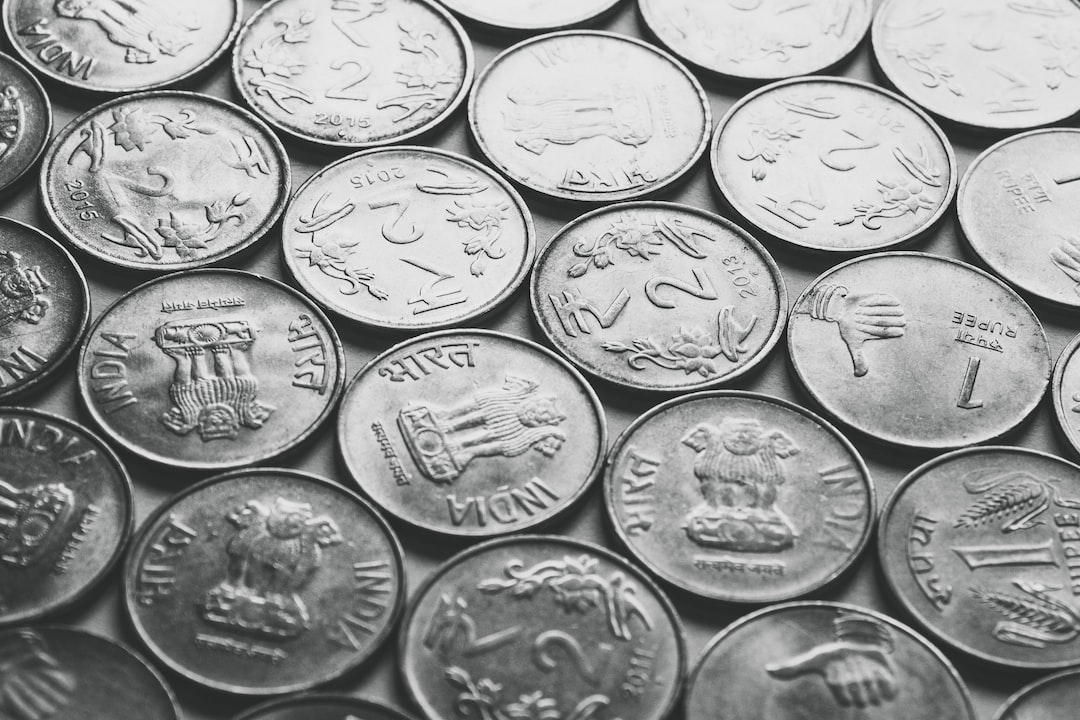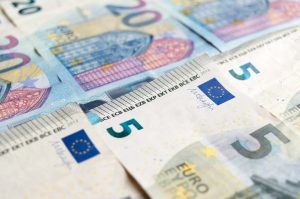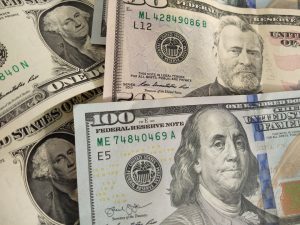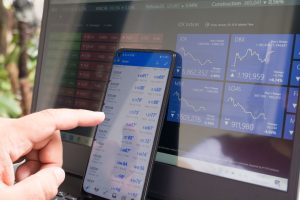When watching the forex market, you’ll often come across abbreviations like h1, h4, m5, and d1. These are terms that are used to refer to different timeframes in trading. Understanding what each of these terms means is essential to becoming a successful forex trader. In this article, we’ll explain what h1, h4, m5, and d1 are and how they’re used in forex trading.
H1
H1 is short for “hourly.” It refers to a one-hour timeframe in forex trading. So when you see “h1” on a forex chart, it means that each candlestick or bar on the chart represents one hour of trading.
H1 is a popular timeframe for day traders who are looking for short-term trading opportunities. It allows them to see the price action over a relatively short period, which can help them identify trends and patterns that they can use to make trading decisions.
H4
H4 is short for “four-hour.” It refers to a four-hour timeframe in forex trading. So when you see “h4” on a forex chart, it means that each candlestick or bar on the chart represents four hours of trading.
H4 is a popular timeframe for swing traders who are looking for medium-term trading opportunities. It allows them to see the price action over a longer period than h1, which can help them identify trends and patterns that they can use to make trading decisions.
M5
M5 is short for “five-minute.” It refers to a five-minute timeframe in forex trading. So when you see “m5” on a forex chart, it means that each candlestick or bar on the chart represents five minutes of trading.
M5 is a popular timeframe for scalpers who are looking for very short-term trading opportunities. It allows them to see the price action over a very short period, which can help them identify quick trading opportunities.
D1
D1 is short for “daily.” It refers to a daily timeframe in forex trading. So when you see “d1” on a forex chart, it means that each candlestick or bar on the chart represents one day of trading.
D1 is a popular timeframe for long-term traders who are looking for trading opportunities that can last for several days, weeks, or even months. It allows them to see the price action over a long period, which can help them identify long-term trends and patterns that they can use to make trading decisions.
Conclusion
Understanding the different timeframes in forex trading is essential to becoming a successful trader. By knowing what h1, h4, m5, and d1 mean, you’ll be able to choose the right timeframe for your trading style and strategy. Whether you’re a day trader, swing trader, scalper, or long-term trader, there’s a timeframe that’s right for you. So the next time you’re looking at a forex chart, remember to keep these timeframes in mind and choose the one that best suits your trading needs.






